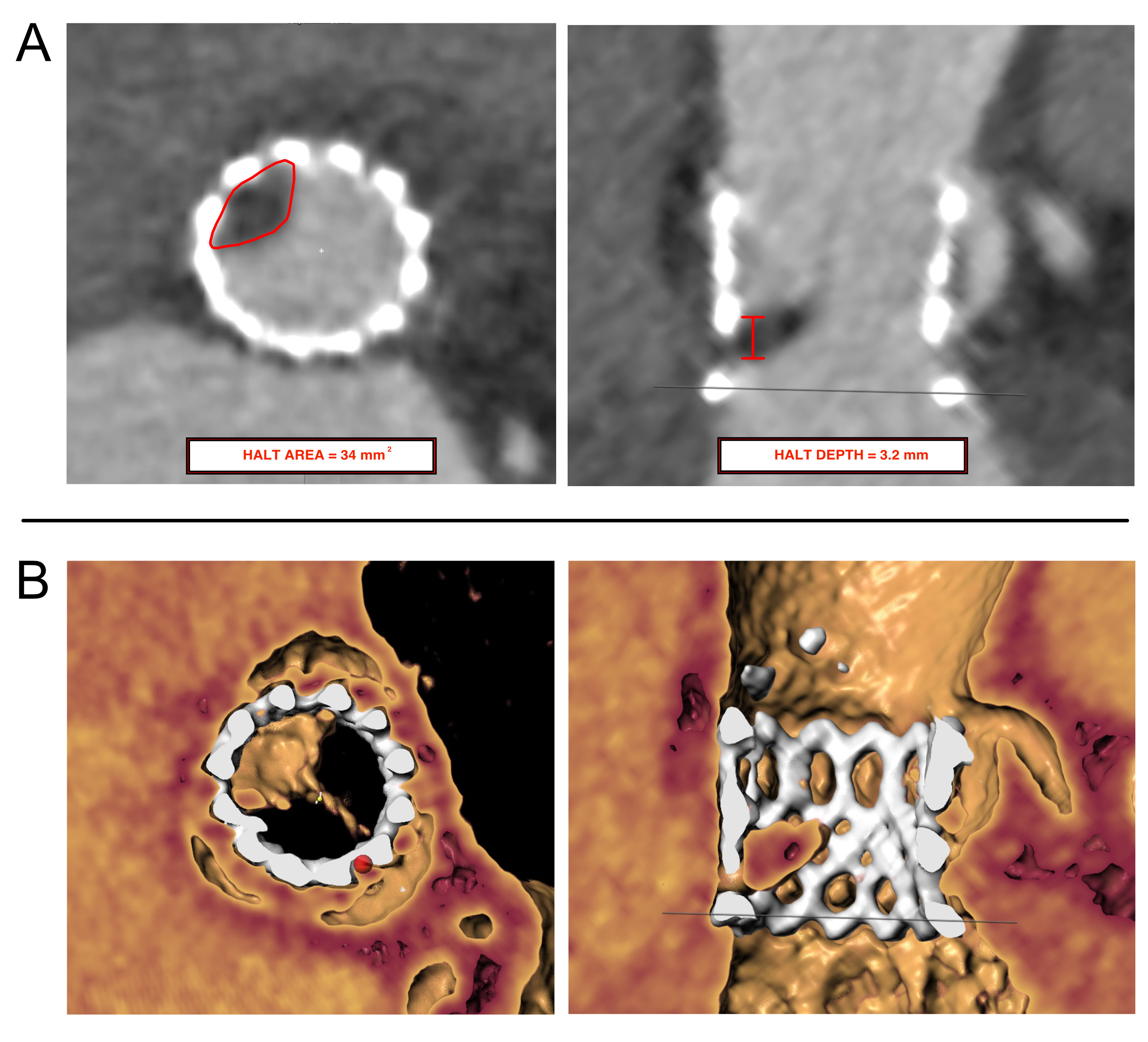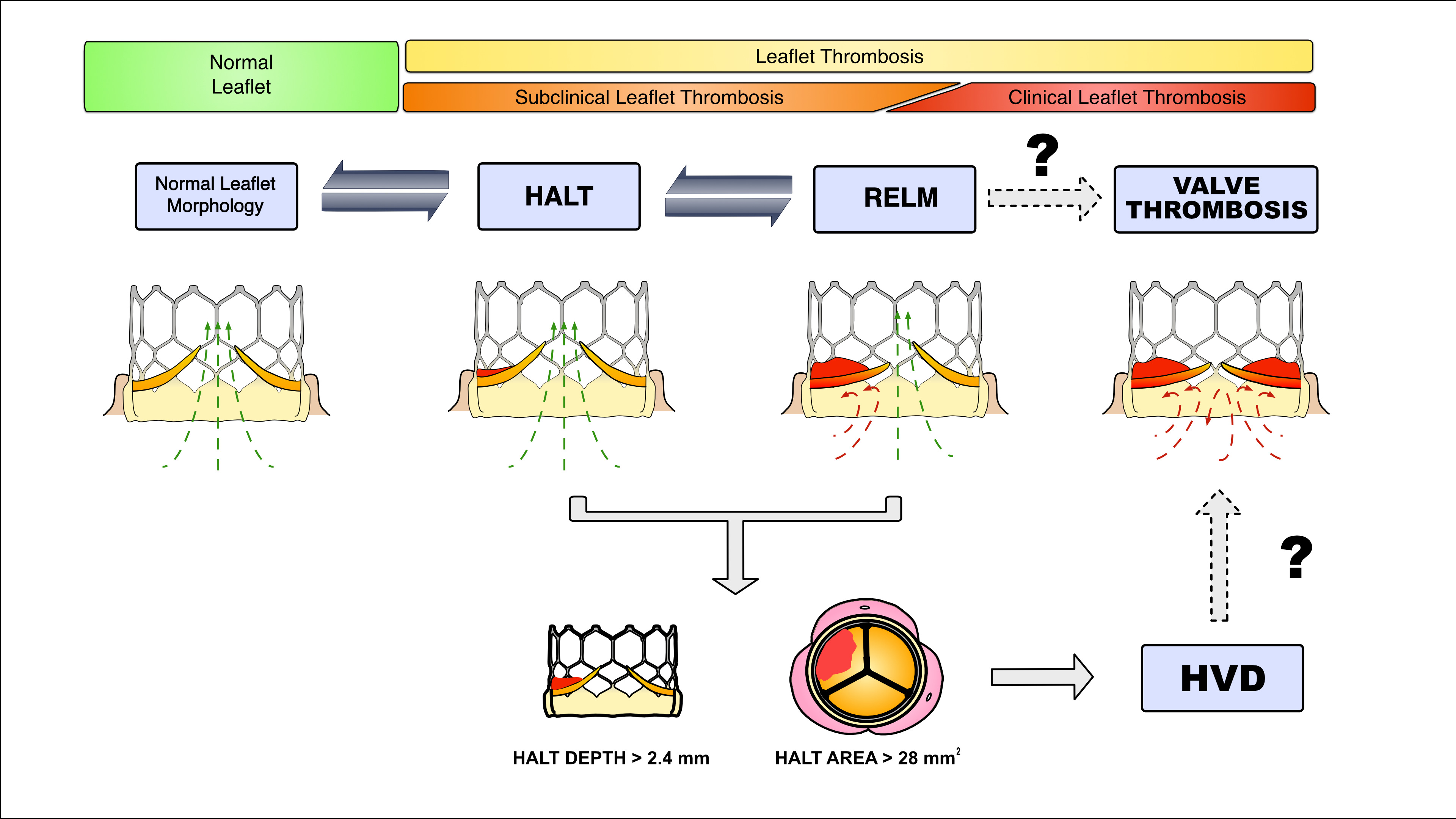Lots of interesting abstracts and cases were submitted for TCTAP 2022. Below are the accepted ones after a thorough review by our official reviewers. Don’t miss the opportunity to expand your knowledge and interact with authors as well as virtual participants by sharing your opinion in the comment section!
TCTAP A-085
CT-Defined Leaflet Thrombosis Predicts Structural Valve Deterioration Following TAVR
By Hashrul Rashid, Arthur Nasis, Stephen Nicholls, James Cameron, Rob Gooley
Presenter
Hashrul Rashid
Authors
Hashrul Rashid1, Arthur Nasis2, Stephen Nicholls2, James Cameron2, Rob Gooley2
Affiliation
Monash University, Australia1, MonashHeart and Victorian Heart Institute, Australia2
View Study Report
TCTAP A-085
Valvular Intervention: Aortic
CT-Defined Leaflet Thrombosis Predicts Structural Valve Deterioration Following TAVR
Hashrul Rashid1, Arthur Nasis2, Stephen Nicholls2, James Cameron2, Rob Gooley2
Monash University, Australia1, MonashHeart and Victorian Heart Institute, Australia2
Background
Background: Hypo-attenuated leaflet thickening (HALT) may occur following transcatheter aortic valve replacement (TAVR), however it remains unclear if HALT causes haemodynamic valve deterioration (HVD).
Methods
Methods: We prospectively evaluated 186 patients for the presence of HALT at a median of 6 weeks following TAVR (Interquartile-range [IQR] 4-12). HALT depth and area were measured. HVD encompassed any of the following: mean gradient ≥20 mmHg with increase in gradient ≥10 mmHg from baseline, Doppler velocity index reduction ≥ 0.1 or new moderate-to-severe valvular regurgitation. Routine echocardiograms at discharge, one month and annually were assessed by echo-cardiologists blinded to HALT status.


Results
Results: LT prevalence was 17.7% (33/186). HVD was present in 8.6% (16/186) at a median follow-up of 2 years (IQR 1–3); two required valve re-intervention, five required anticoagulation and the remaining were monitored. HALT was the only independent predictor of HVD (OR 33.3, 95%CI 7.4–125). Patients with HALT were more likely to develop HVD. require repeat valve intervention and have higher trans-valvular gradients up to 3-year follow-up. Patients with HALT had a median cumulative thickness of 2.9mm (IQR 1.9–4.7) and area of 64.2mm2 (IQR 40.9–91.6). Thresholds for HALT predicting HVD were a cumulative depth of 2.4 mm (Specificity 94.1%, Sensitivity 75.0%, AUC=0.87) and cumulative area of 28 mm2 (Specificity 92.2%, Sensitivity 81.3%, AUC=0.86).


Conclusion
Conclusion: HALT is an independent predictor of HVD, which exhibits specific depth and area thresholds for HVD prediction. CT following TAVR may determine patients at-risk of HVD.


